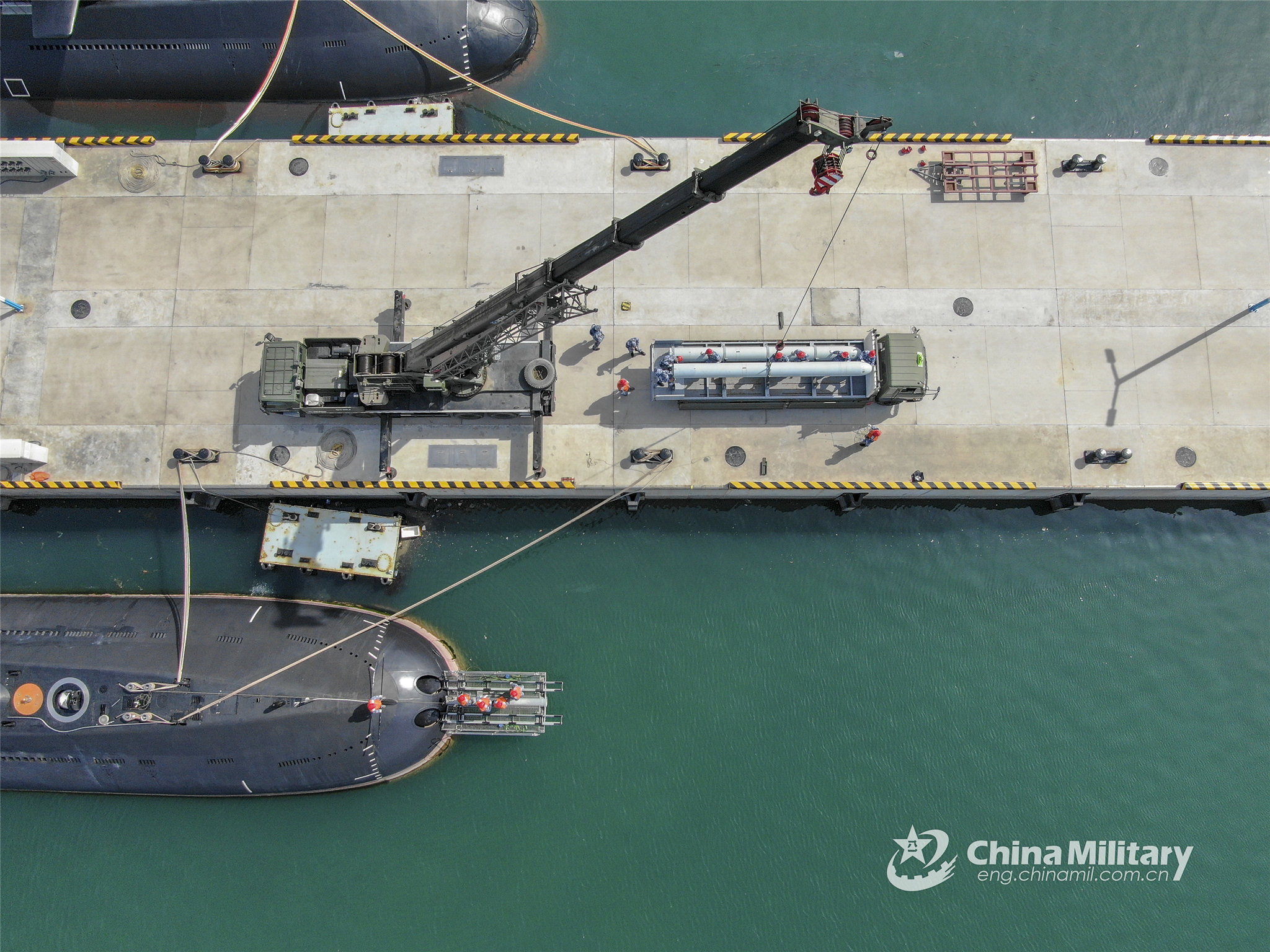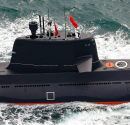I think these pods would be more for UUVs rather than straight substitutes for conventional submarine propulsion.
The biggest advantage these pods offer is radically improved agility as these pods would allow a submarine to move like a quodcoptor drone could on land.
That kind of agility would be too much for manned platforms, but would not present any issues for unmanned, which is where the true potential lies.
Azipods such as these (shaft-less or no) have nothing to do with manned or unmanned. Plenty of civilian and naval vessels employ azipods e.g. the Mistrals.
Manoeuvrability, yes, but you don't need a shaft-less propeller to achieve that when a shaft-driven azimuth thruster already does the same job.
Rim-driven propulsion is about managing uneven inflow/pressure fluctuation and vorticity distribution so as to reduce noise and vibration, resulting in improved stability, acoustics
and thrust. Not to mention a greater degree of agility... not in the way you would think of quadcopters, but more like vectored thrusters a la pump-jet propulsors on the Virginias but with greater turn angles.
To be sure, the same advantages of a shaft-less propeller can certainly benefit UUVs as much as they already benefit conventional
manned subs.
Assuming China's ultimate aim with this type of propulsion is to deploy it on SSs and SSNs, which is pretty apparent with their 1,000kW variant, presumably with an eye for more powerful ones since you don't need a megawatt motor to propel a UUV, they can certainly scale these propellers to fit various form factors, again as evidenced by the already-developed 5.5 kW, 9.5 kW, 20 kW, 75 kW and 200 kW models.








